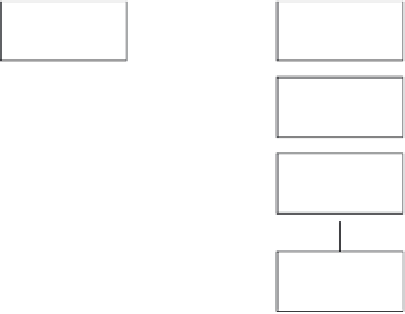Java Reference
In-Depth Information
returns all cameras for sale. You could use a list to hold the data and iterate through the list
to display the cameras in an HTML table.
Figure 7. 2 shows the
List
interface and the classes in the Collections Framework that
implement
List
.
FIGURE 7.2
The
List
interface and its implementing classes
interface
List
class
ArrayList
class
LinkedList
class
Vector
class
Stack
The different list classes each provide their own unique functionality:
ArrayList
A resizable list implemented as an array. When elements are added and
removed, the
ArrayList
grows and shrinks accordingly. You can control the internal size of
the array to improve performance.
LinkedList
A list that implements a linked list data structure. Items can be added and
removed from the beginning or end of the linked list.
LinkedList
is unique in that it also
implements the
Queue
and
Deque
interfaces.
Vector
A
Vector
is essentially the same as an
ArrayList
except that the methods in
Vector
are synchronized.
Stack
A list that implements a stack data. Items are pushed onto the top and popped off
the top of the stack, a last-in, fi rst-out (LIFO) behavior.
The basic operations of
List
include the ability to add a single element at a specifi ed
index, add a collection of elements, replace or remove a specifi c element, and retrieve an
element at a specifi ed index.
Sets
A set is a collection of elements that does not allow duplicates and models the mathematical
concept of abstract sets. For example, the
Set
interface contains an
andAll
method for
performing set unions and a
retainAll
method for performing set intersections. Use










Search WWH ::

Custom Search